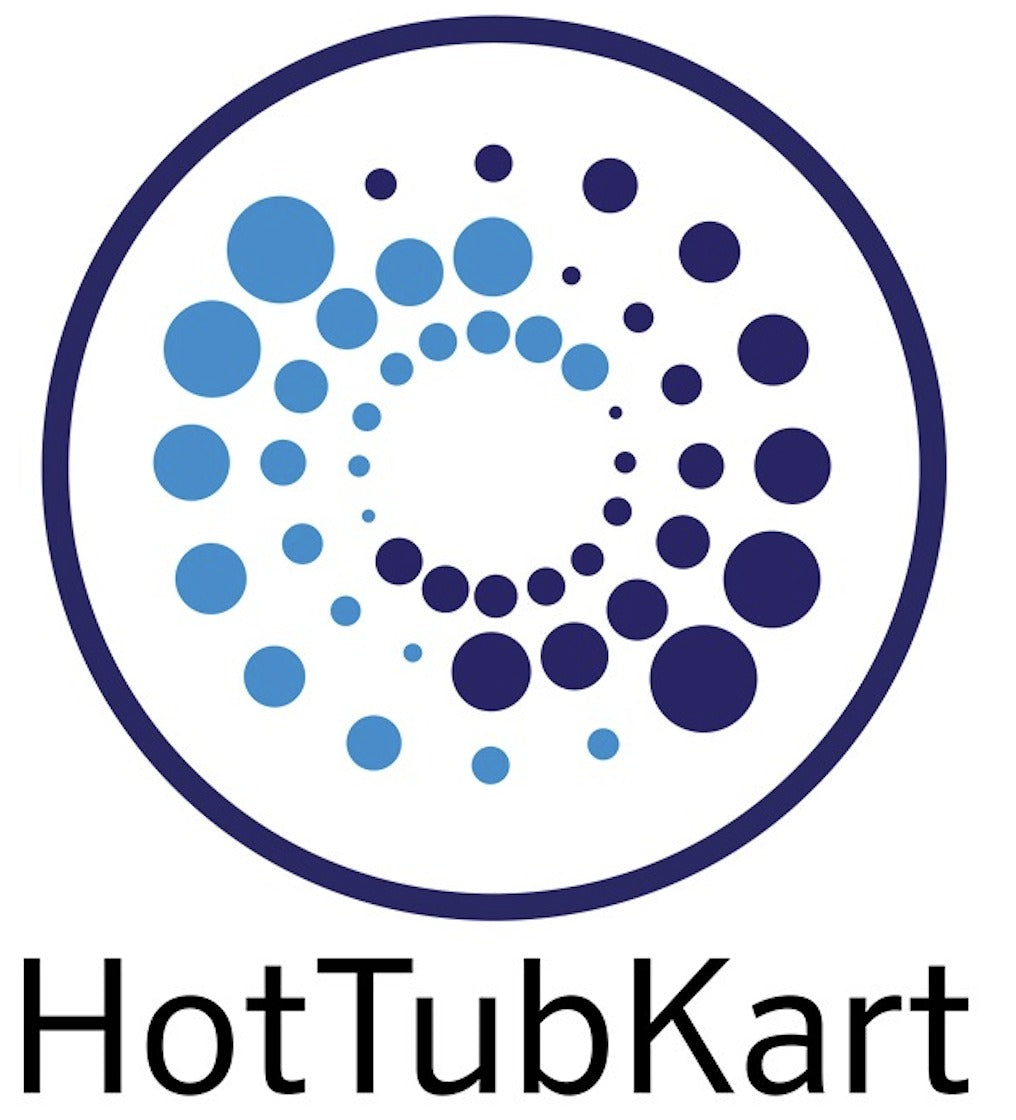Plug and play hot tubs offer a convenient and cost-effective way to enjoy the benefits of a hot tub without the need for complex installation or professional electrical work. These hot tubs are designed for ease of use, plugging directly into a standard 110V outlet. However, before making a purchase, it’s important to weigh the pros and cons to determine if a plug and play hot tub is the right choice for you.
What is a Plug and Play Hot Tub?
A plug and play hot tub is a portable spa that can be plugged into a standard household electrical outlet, typically 110V. Unlike traditional hot tubs that require 220V wiring and professional installation, plug and play hot tubs are designed for quick and easy setup.
Pros of Plug and Play Hot Tubs
- Easy Installation
Simplicity: Plug and play hot tubs are incredibly easy to set up. Simply place the hot tub in your desired location, fill it with water, and plug it into a standard electrical outlet.
No Professional Installation Required: You can avoid the cost and hassle of hiring an electrician, making it an ideal choice for renters or those who prefer a DIY approach.
- Portability
Flexibility: These hot tubs are portable and can be moved easily, allowing you to change their location or take them with you if you move.
Lightweight Design: Typically lighter than traditional hot tubs, plug and play models are easier to transport and install in various locations.
- Cost-Effective
Lower Initial Cost: Plug and play hot tubs are generally more affordable than their 220V counterparts, making them a budget-friendly option for those looking to enjoy a hot tub without a significant financial investment.
Lower Operating Costs: Running on 110V, they often use less energy, which can lead to lower utility bills.
- Convenience
Quick Heating: While they may take longer to heat initially, plug and play hot tubs can maintain their temperature efficiently, providing a comfortable soaking experience.
User-Friendly: Designed for ease of use, these hot tubs typically feature simple controls and straightforward maintenance requirements.
Cons of Plug and Play Hot Tubs
- Limited Power and Performance
Heating Time: Plug and play hot tubs can take longer to heat up compared to 220V models. This means you may need to wait longer before your hot tub is ready to use.
Pump Power: The pumps in plug and play hot tubs are usually less powerful, which can affect the strength of the jets and overall hydrotherapy experience.
- Size and Capacity
Smaller Size: These hot tubs are generally smaller and may not accommodate as many people as larger, traditional hot tubs.
Limited Features: Due to their size and power constraints, plug and play hot tubs may offer fewer features such as advanced jet systems or built-in entertainment options.
- Energy Efficiency
Higher Long-Term Costs: While the initial cost is lower, plug and play hot tubs can be less energy-efficient in the long run, potentially leading to higher operating costs over time.
Insulation: Some models may have less effective insulation, causing them to lose heat more quickly and require more frequent reheating.
- Temperature Control
Temperature Fluctuations: Maintaining a consistent temperature can be challenging, especially in colder climates or during winter months. The 110V system may struggle to keep the water warm in extremely cold conditions.
Is a Plug and Play Hot Tub Right for You?
When considering a plug and play hot tub, it’s important to assess your specific needs and circumstances:
- Budget: If you’re looking for an affordable entry point into hot tub ownership, a plug and play model can be an excellent choice.
- Portability: If you need a portable hot tub that you can move easily or take with you if you relocate, a plug and play model offers unmatched convenience.
- Ease of Installation: If you prefer a hassle-free setup without the need for professional installation, a plug and play hot tub is ideal.
- Usage: If you plan to use your hot tub frequently and require powerful jets and rapid heating, a traditional 220V hot tub might be a better option.
Conclusion
Plug and play hot tubs provide an accessible and cost-effective way to enjoy the relaxation and therapeutic benefits of a hot tub. While they come with certain limitations in terms of power, size, and energy efficiency, their ease of installation and portability make them an attractive option for many users. By carefully considering the pros and cons, you can determine whether a plug and play hot tub is the right fit for your lifestyle and needs.
For more information on plug and play hot tubs and to explore our range of options, visit Hot Tub Kart. Our expert team is here to help you find the perfect hot tub for your home.

